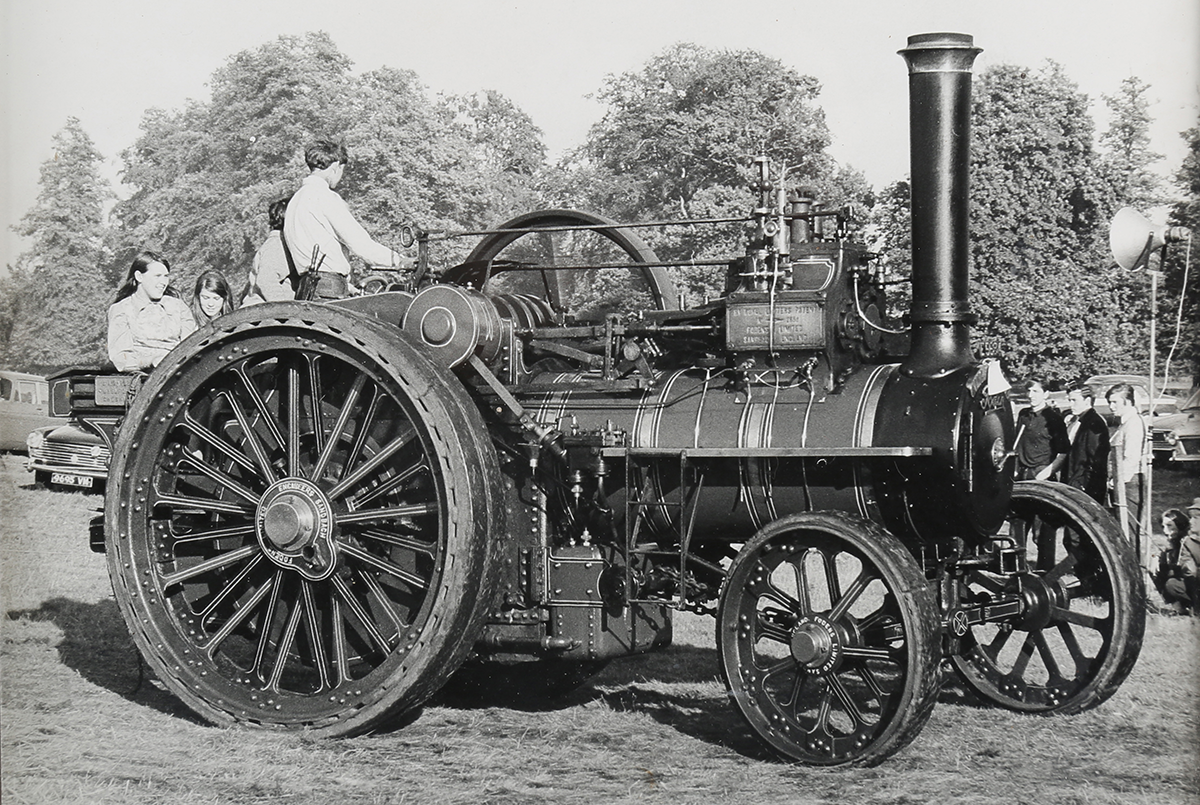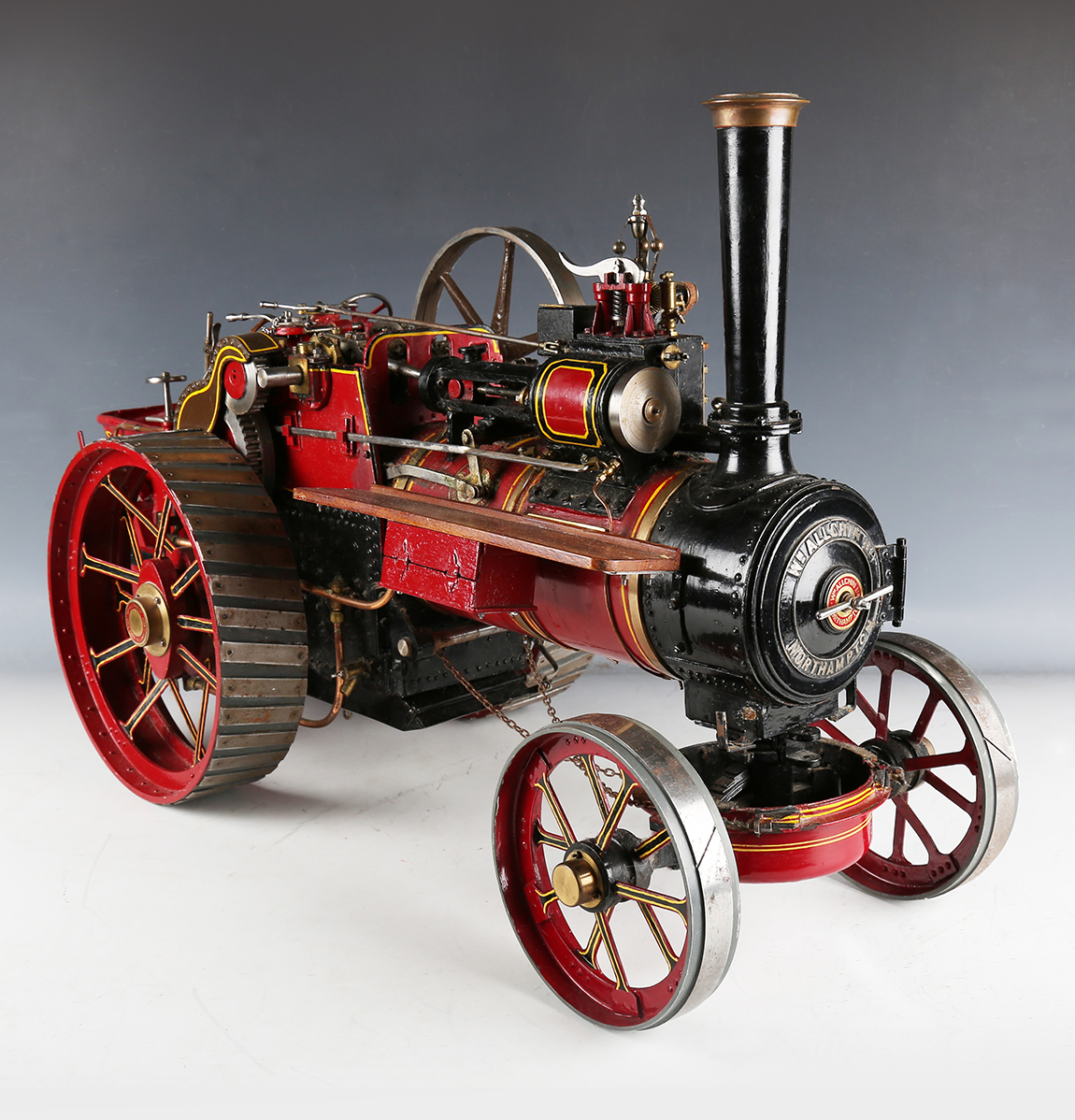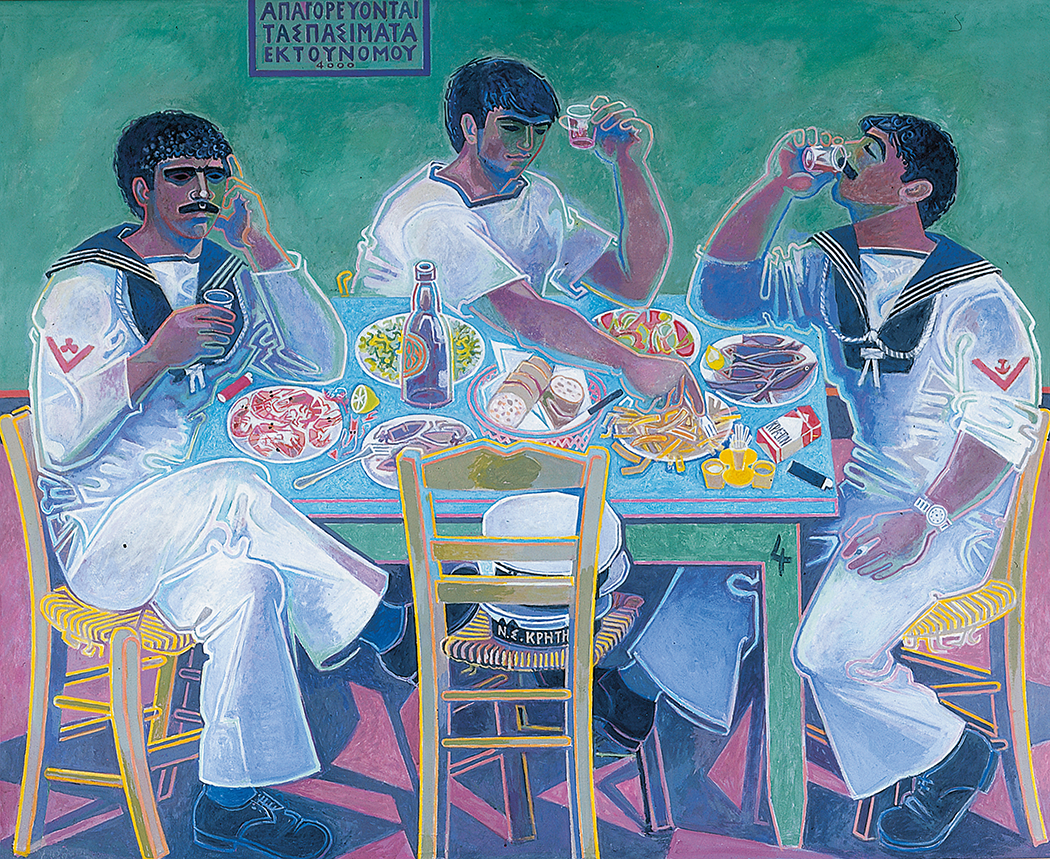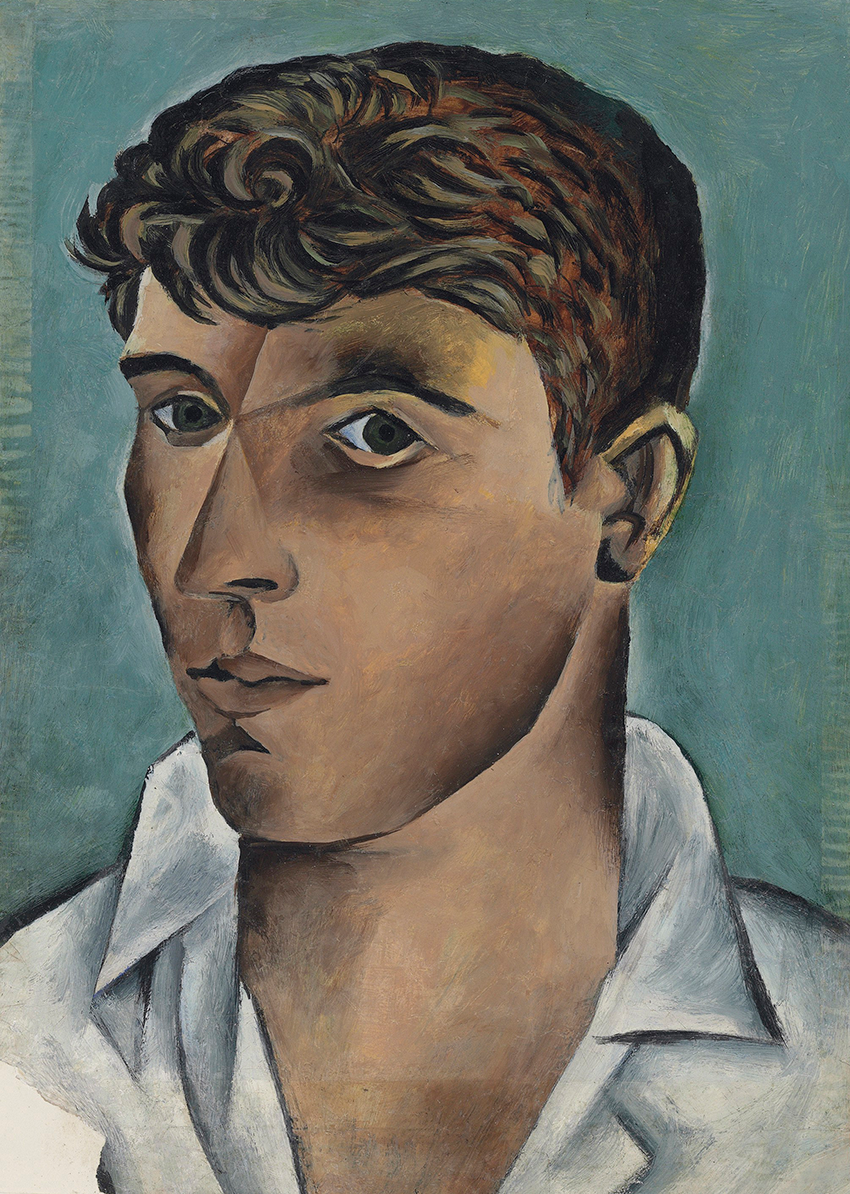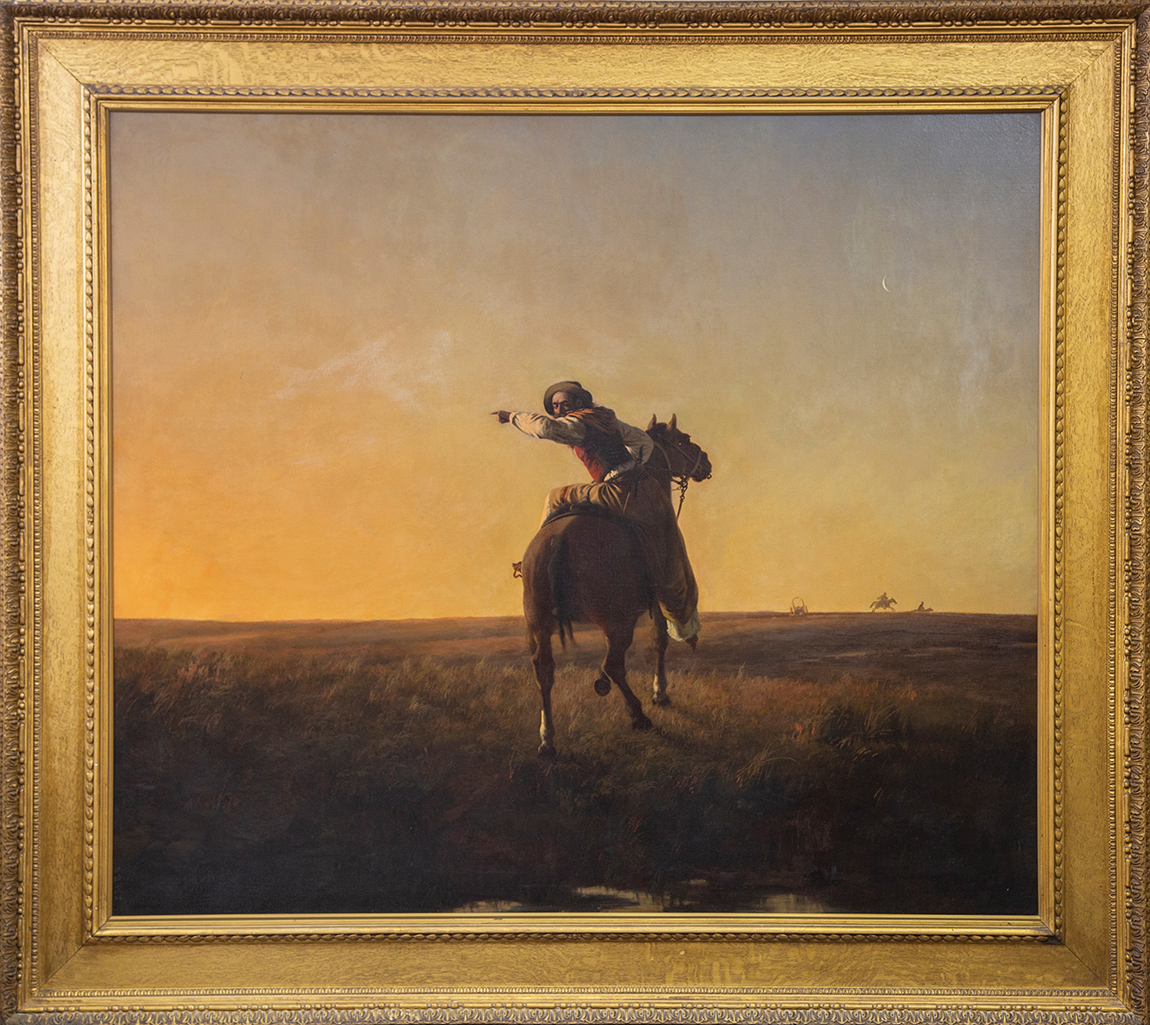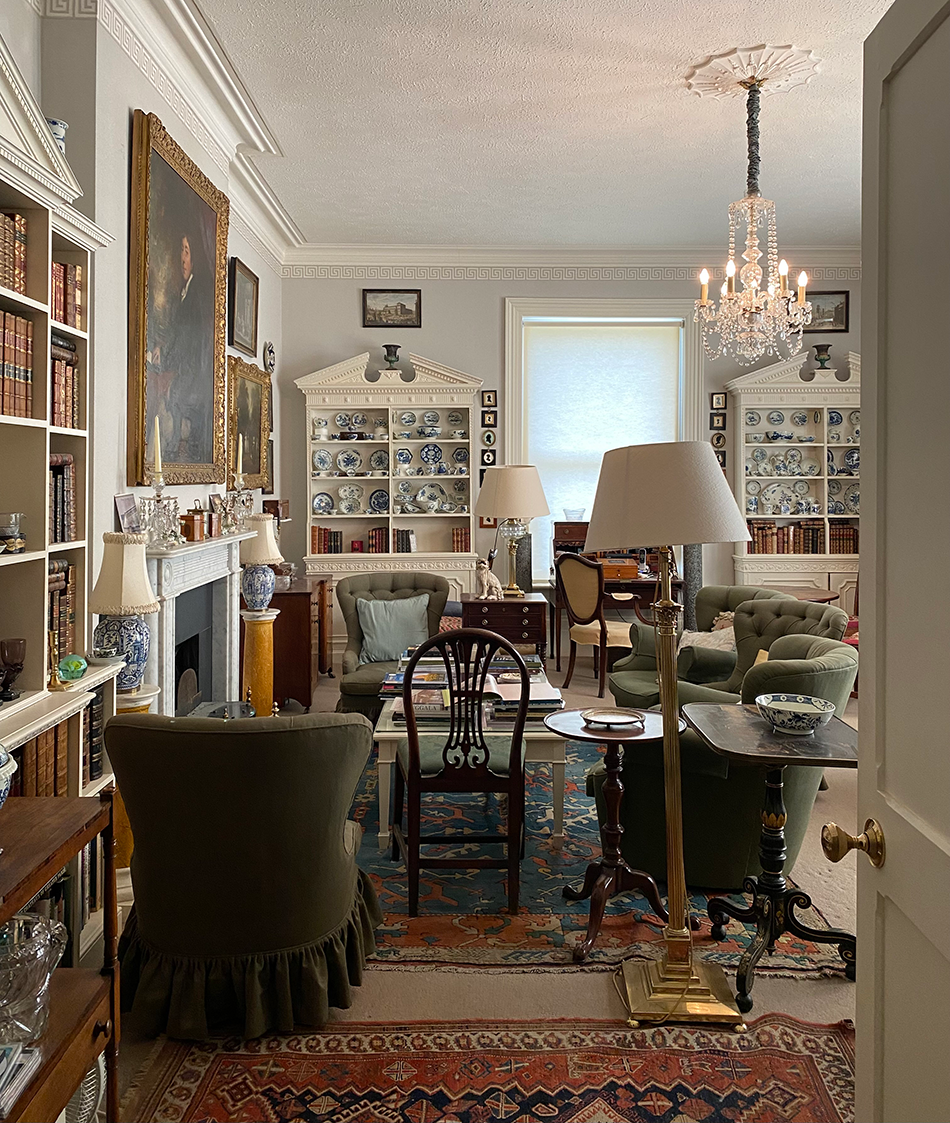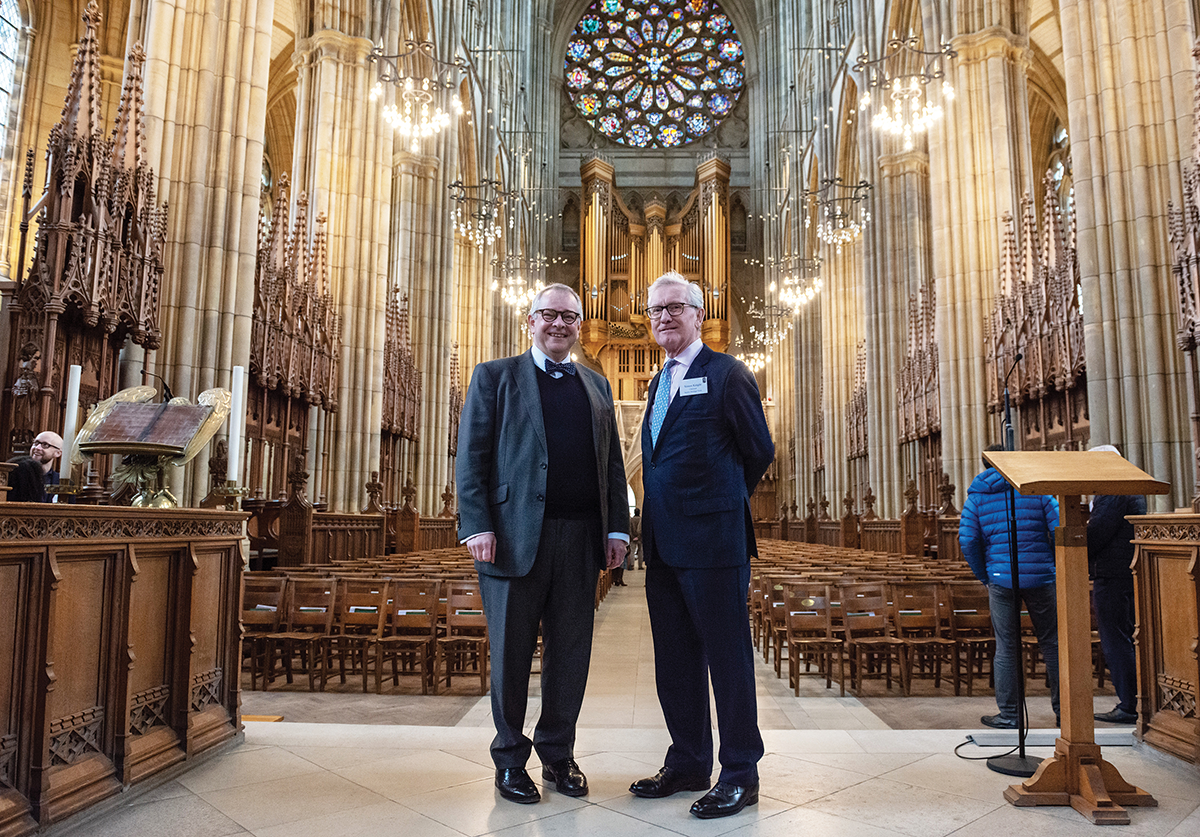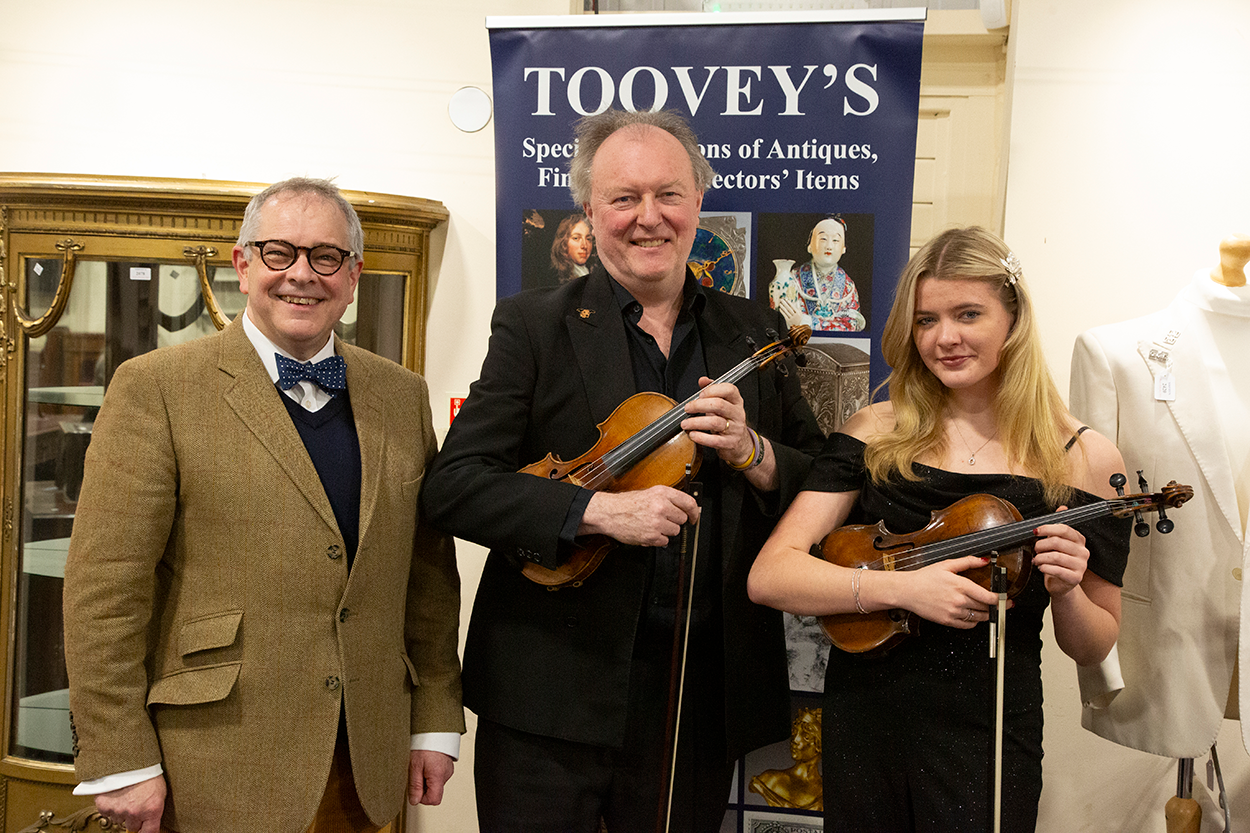
Friends, sponsors and supporters gathered at Toovey’s Washington salerooms for the launch of the 2024 Shipley Arts Festival.
The festival celebrates the local, national and international qualities of our nation gathering a community of many of this country’s leading musicians whilst providing pathways to emerging talent.
The evening included Csárdás written by the Italian composer Vittorio Monti in 1904. The piece draws on the Hungarian folk tradition. It begins slowly rising to an ecstatic crescendo and was played by the extraordinarily talented young violinist Grace Shearing accompanied by pianist Christina Maude. Grace is now the lead violinist at Lancing College having begun her musical journey with Andrew Bernardi’s String Academy when she was 8 years old. The String Academy seeks to provide opportunity through music to young people regardless of their background.
It is these qualities which attracted the attention of Chris and Elaine Goodman who, through their Focus Foundation, seek to support young people, often from families with disadvantaged backgrounds across Sussex and the UK. This year Andrew Bernardi is partnering with Lancing College who are hosting the event, The Yehudi Menuhin School and the Focus Foundation bringing together 400 performers from 10 of our local schools and an adult choir to perform Chris Hussey’s new opera Beware the Mackerel Sky. I am really looking forward to hearing the opera at Lancing College after the captivating extract at Sunday’s launch. Chris Hussey’s piece follows in the tradition set by Benjamin Britten and Andrew Lloyd Webber at Lancing College.
Andrew Bernardi performed Méditation from Thais, the opera by Jules Massenet and with the internationally renowned Italian conductor and pianist Andrea Ferrari. The extraordinary range of the Amici Bernardi Stradivarius violin came alive as Andrew played this sonorous, moving and redemptive piece.
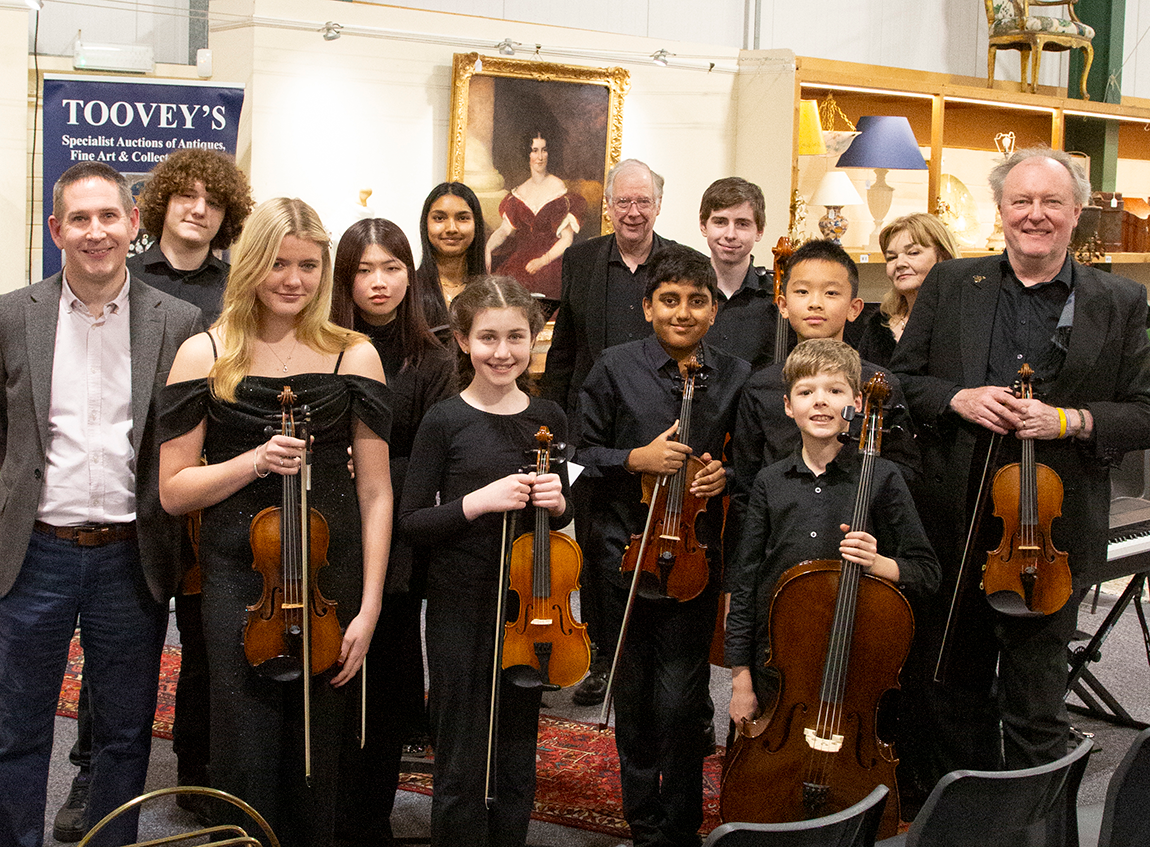
Concluding the evening Andrew Bernardi said “What we have in common with our sponsors friends and patrons are our shared values. A belief in our communities and young people, and that there is a place for excellence.”
As the longest standing sponsor of the Shipley Arts Festival I am delighted that Toovey’s and myself remain at the heart of this remarkable celebration of music and community. Together with our fellow sponsors Kreston Reeves, Nyetimber, and NFU Mutual at Horsham, Henfield and Chichester, we wish Andrew Bernardi and his Shipley Arts Festival every success with the 2024 season of concerts.
For more information on the forthcoming Shipley Arts Festival and to book your tickets visit the box office at www.bmglive.com.
